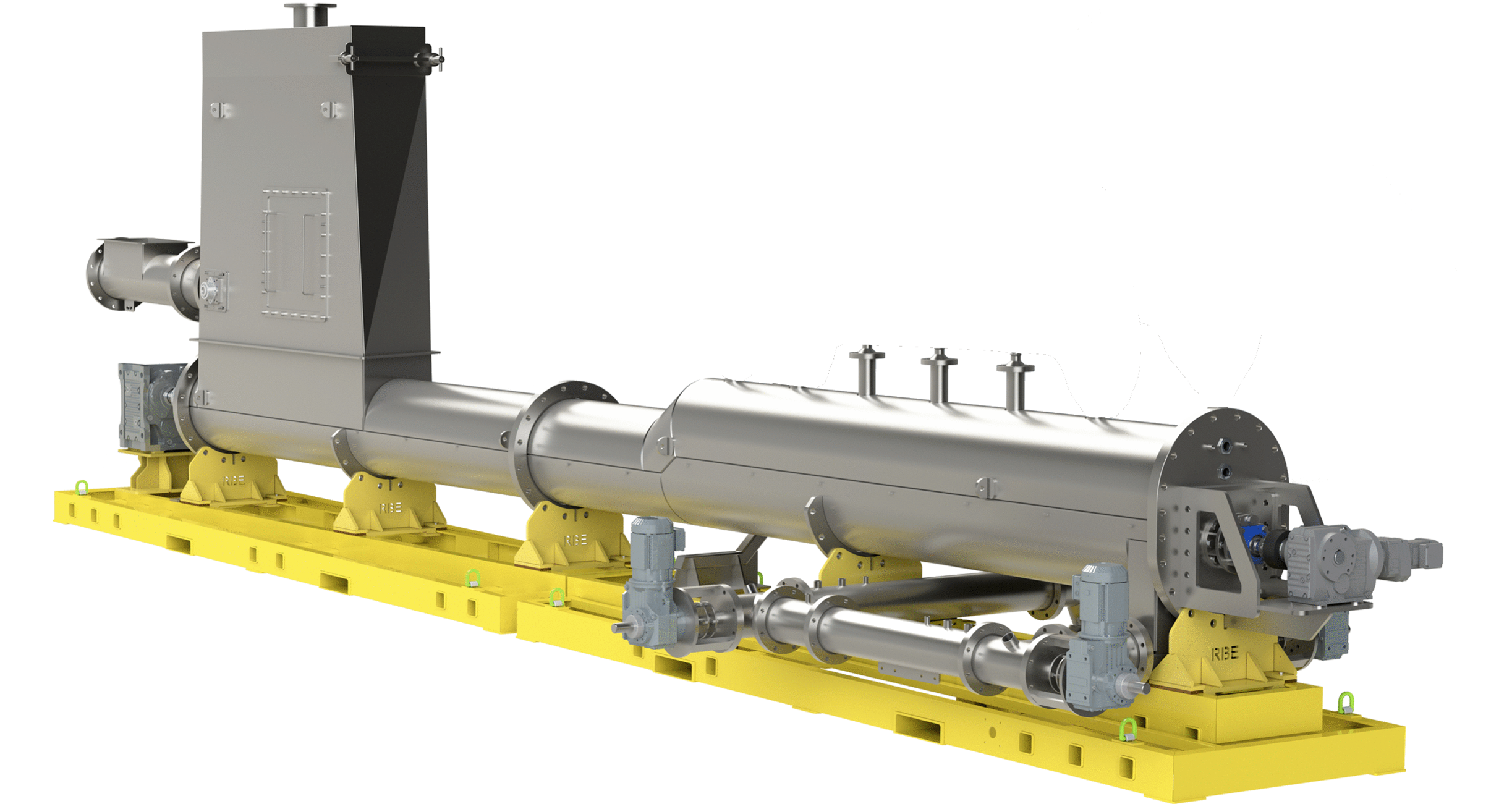Rainbow Bee Eater’s ECHO2 is an innovative Australian-designed and built system that not only removes and locks away carbon from the atmosphere but also produces a clean, net-zero fuel that can replace fossil fuels for heat and/or power generation.
It is the only company globally to have a proven biochar pyrolysis technology that produces clean, cool, high-quality syngas and biochar with no chemical cleanup required. Pyrolysis refers to the process of thermally degrading organic solids into small, volatile molecules, without reacting with oxygen or other oxidants. Biochar, a byproduct from pyrolysis, has many practical applications, including soil enrichment – it is very stable and is great at locking away carbon. Syngas, on the other hand, which refers to the volatile gas fraction from pyrolysis, is a combustible, renewable gas that can be used to displace or reduce the use of fossil fuels, including natural gas, diesel, or LPG.

Many existing pyrolysis technologies only use high-cost and low-availability feedstocks that have other uses such as woodchips, whereas the ECHO2 is designed to work on low-quality biomass wastes such as husks, straws, forestry residues, tomato vines, etc., which are often landfilled or burnt in the field, providing carbon drawdown from otherwise unusable stocks. RBE’s ECHO2 is also a proven carbon removal technology with puro.earth, a European exchange for negative carbon certificate trading.
The ECHO2 uses a unique, patented counterflow process. Hot syngas from the pyrolysis chamber is fed through the incoming feedstock, which cleans and cools the syngas in a single process. The feedstock is simultaneously heated, minimising heat loss in the system for maximum efficiency. The condensation from syngas cooling before combustion creates another byproduct called wood vinegar, which has multiple traditional uses in Japan, Thailand and China and is being trialled in Australia for avocado fungi, composting, as a growth stimulant and many other applications. The ECHO2 is also a modular technology and can be scaled to meet each application, which reduces project and capital risk. There is great potential for this technology in industries such as farming, building products, asphalt production, land remediation, landscaping and nurseries, pet food, etc.
